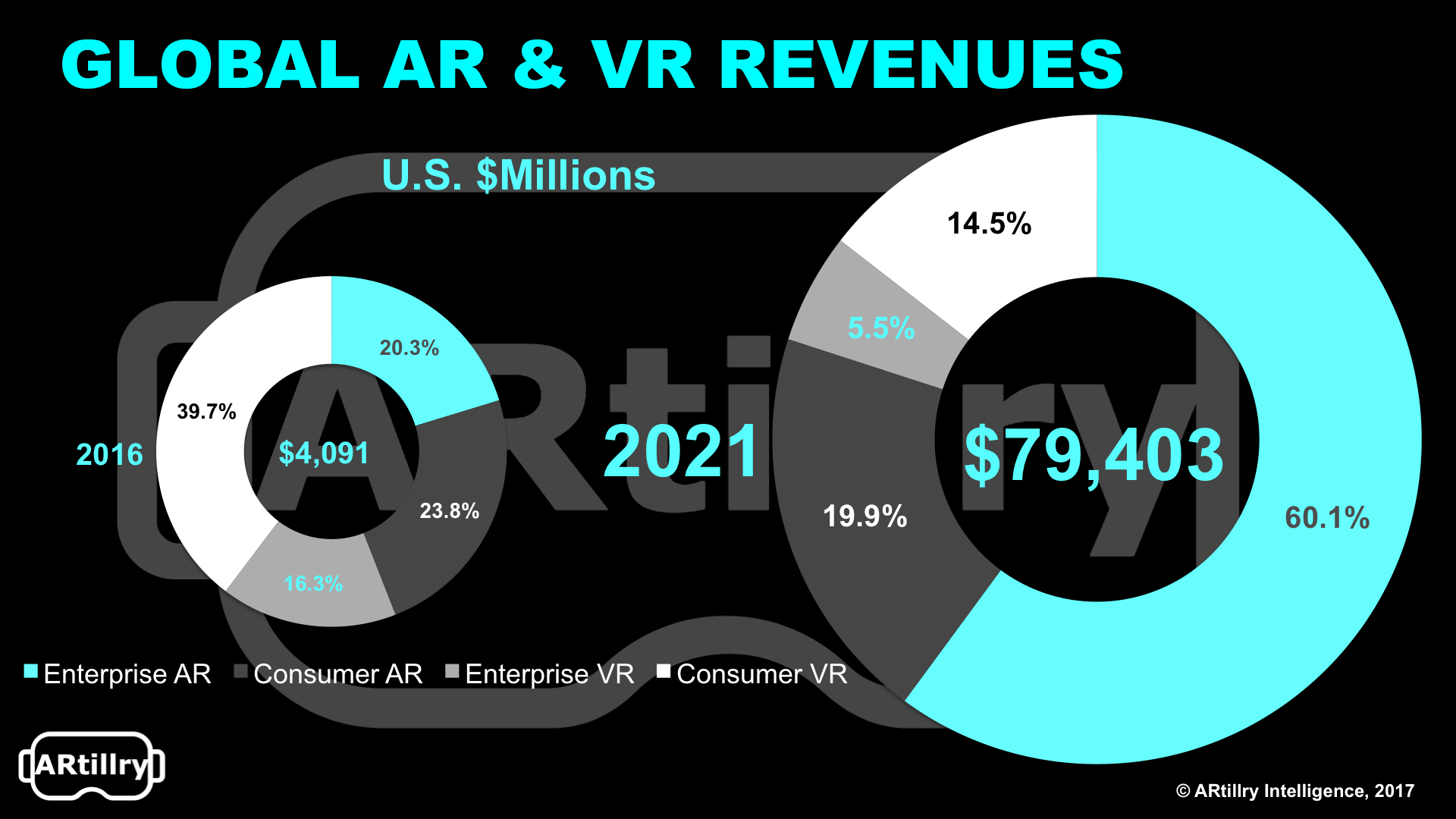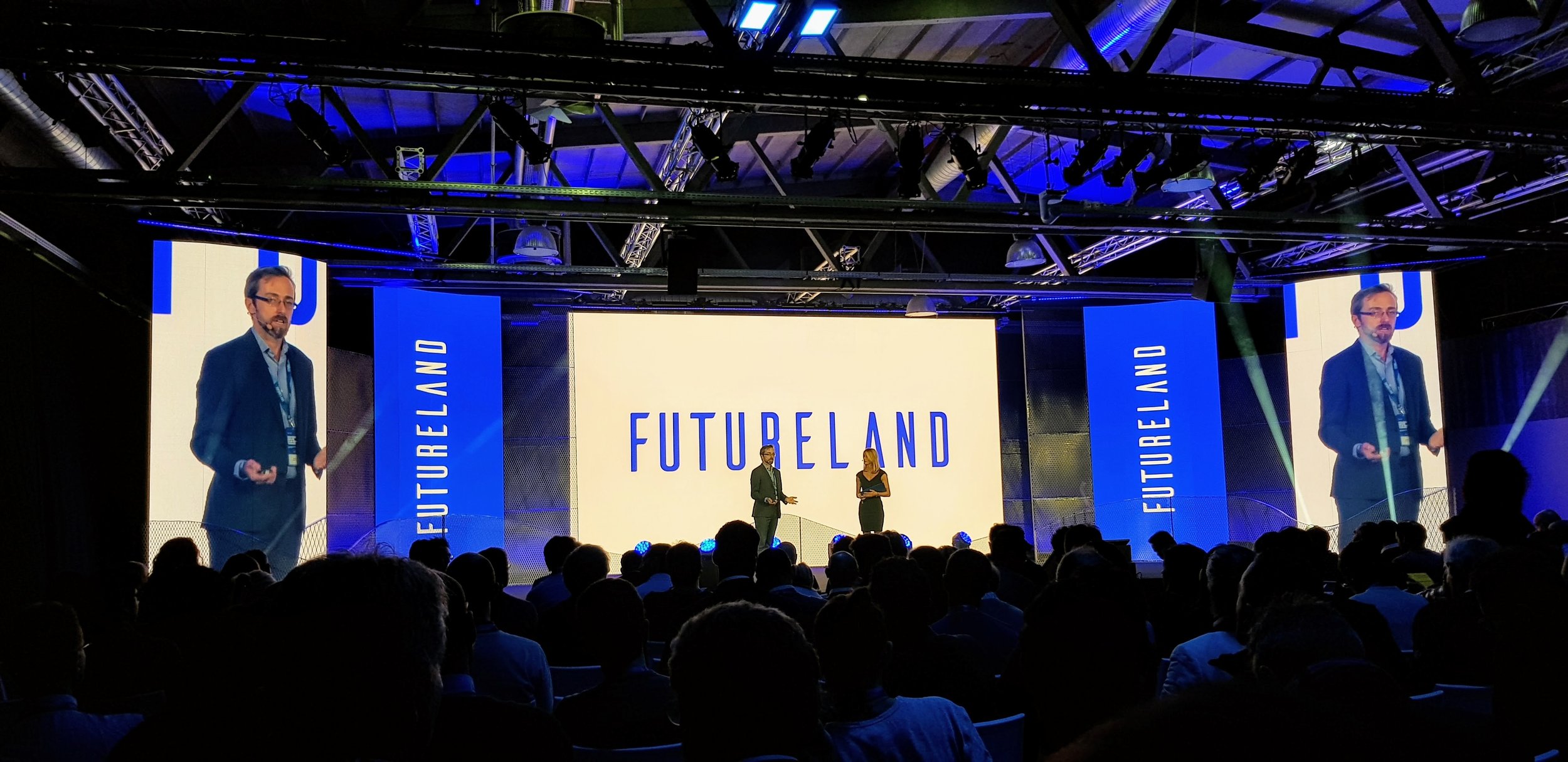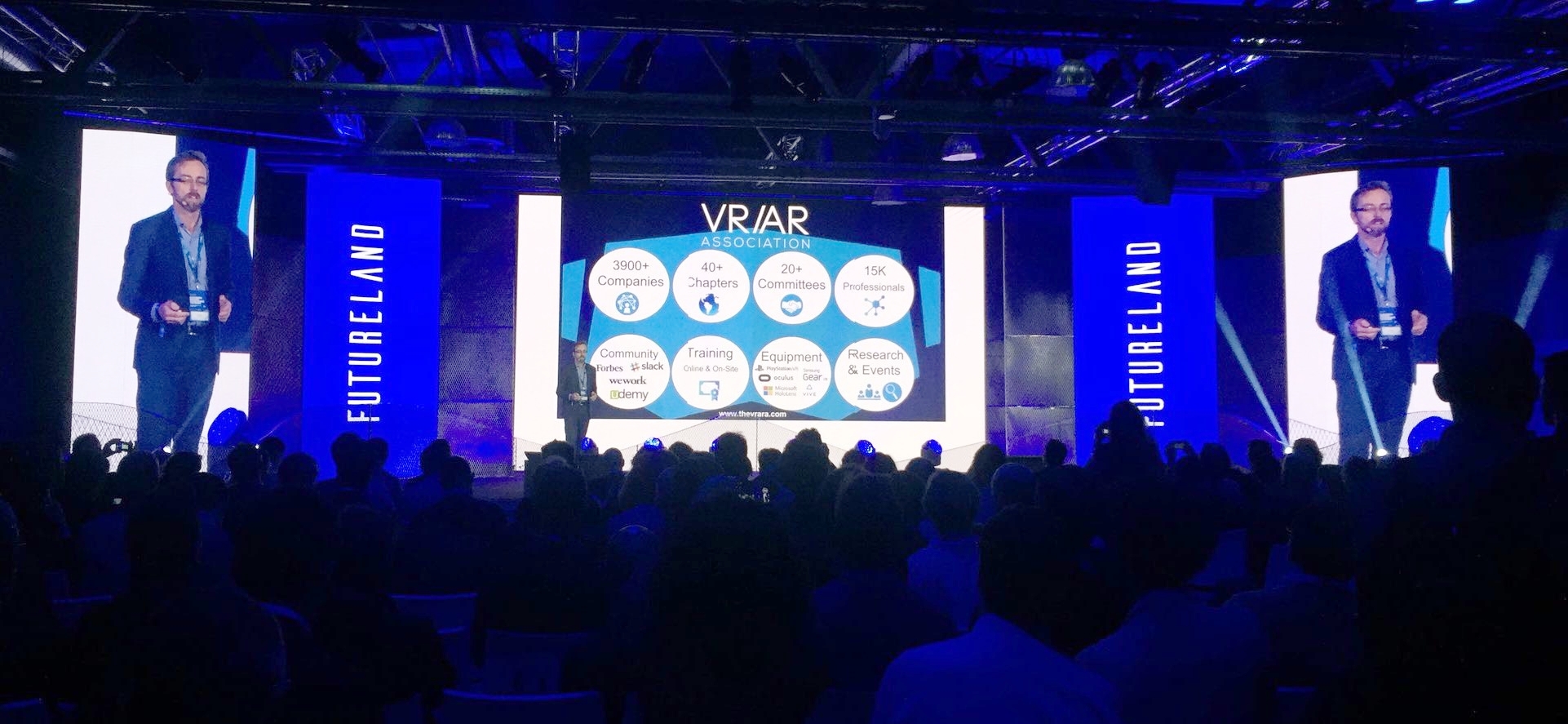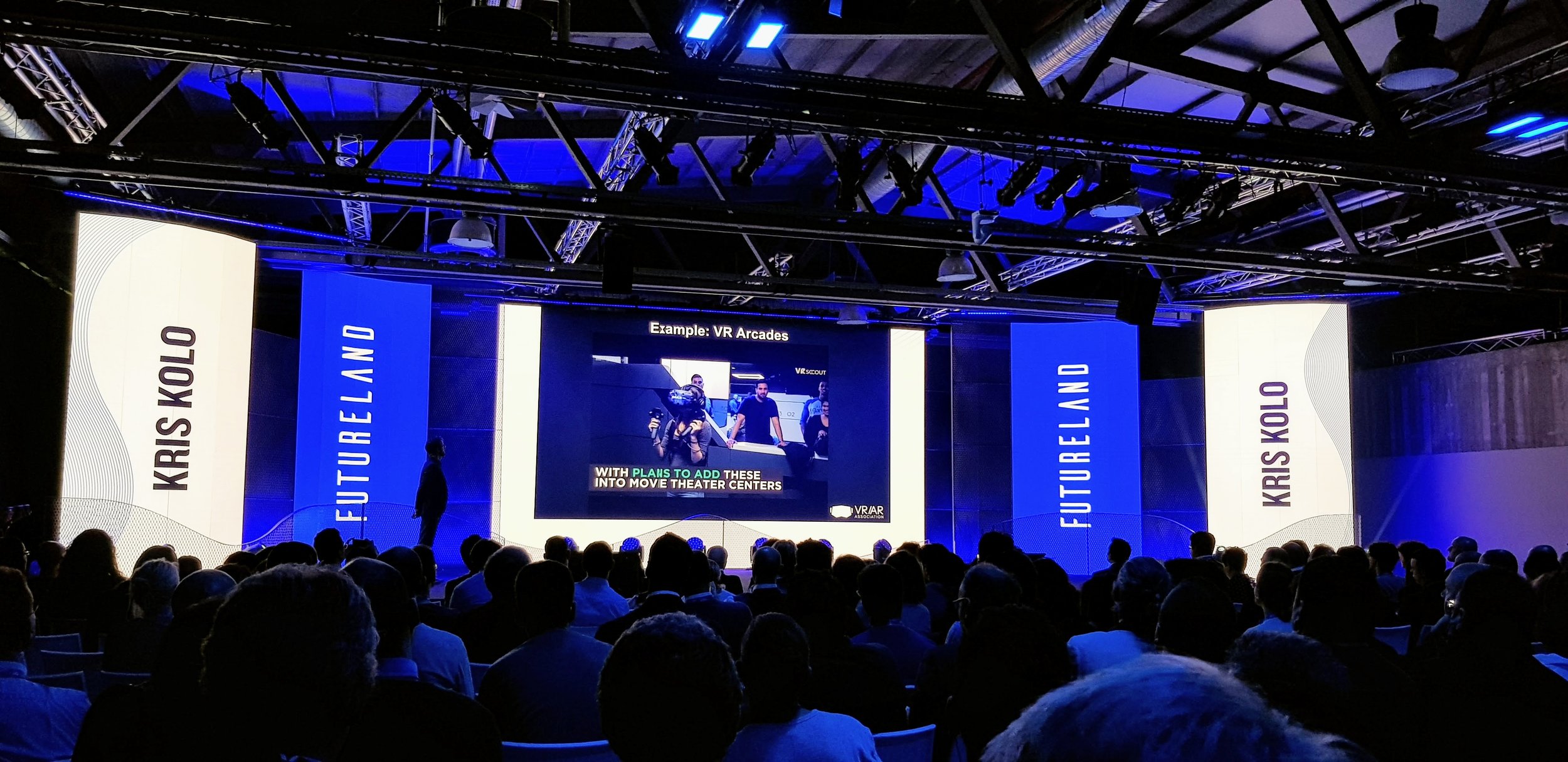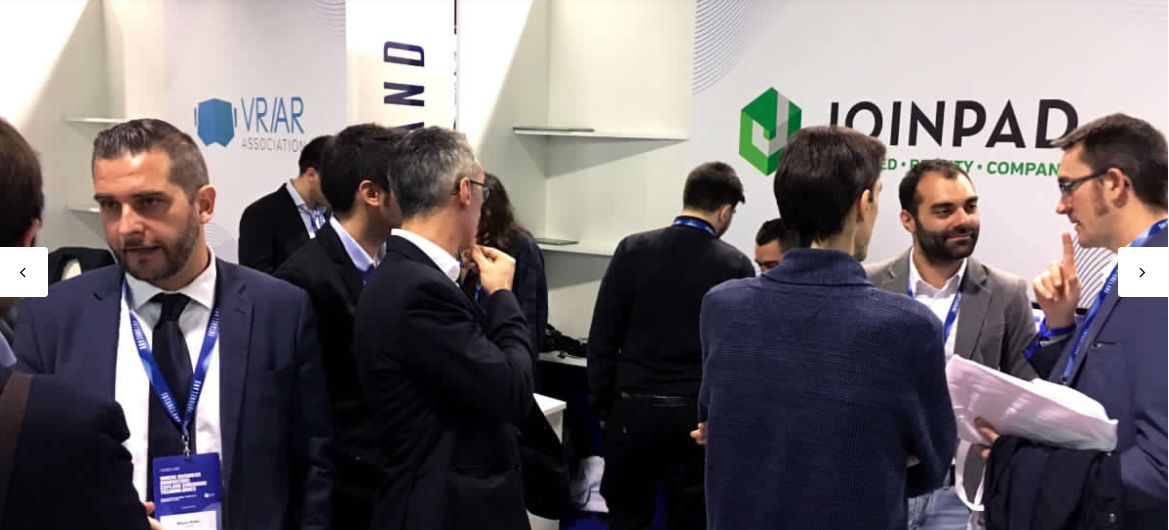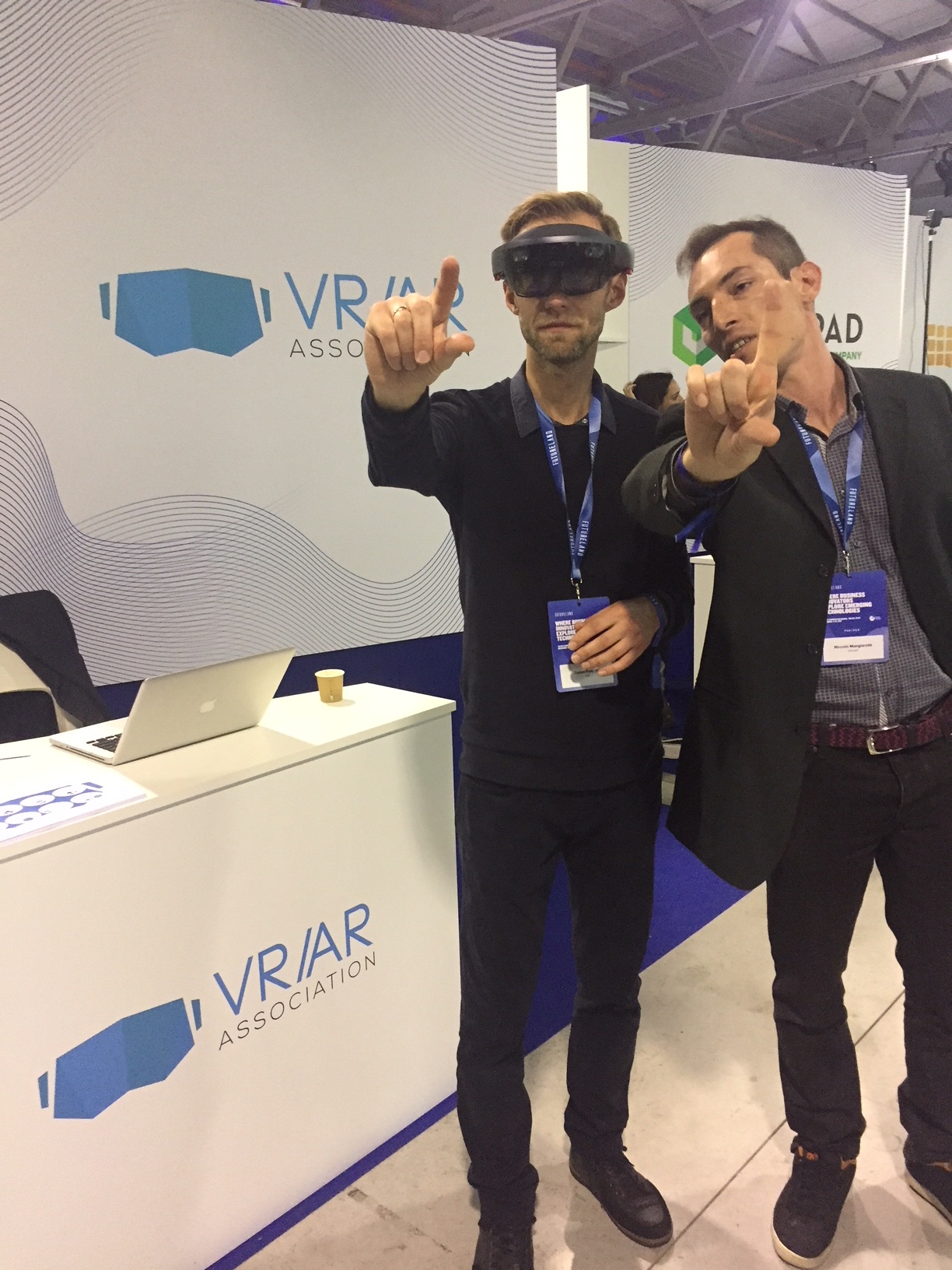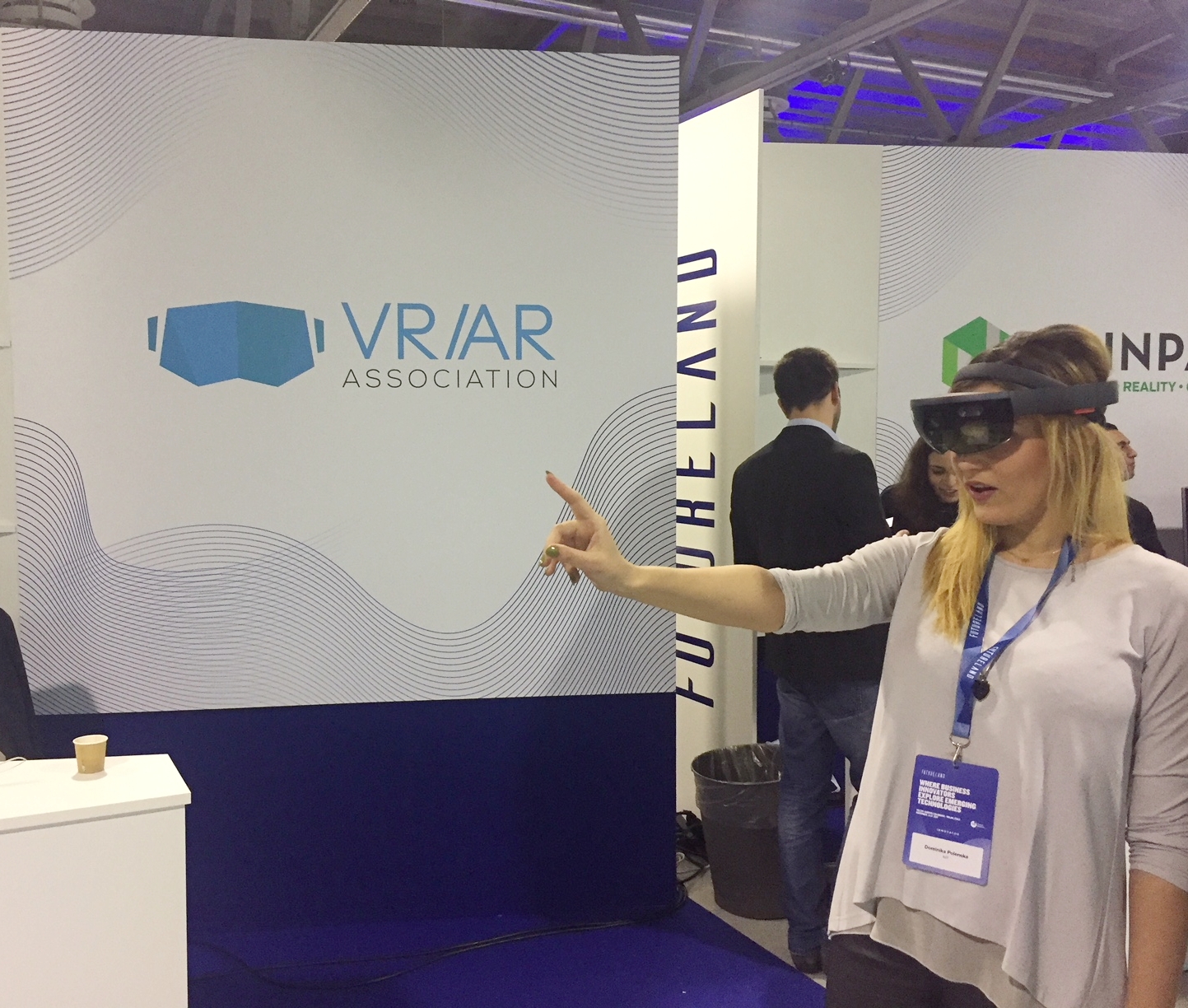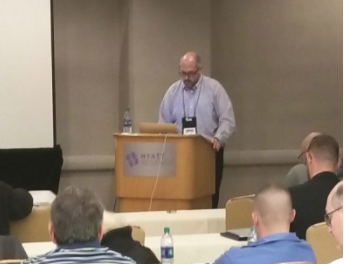By Eduardo Neeter, Principal, FactualVR, Inc.
Virtual reality (VR) offers unparalleled capabilities to support and facilitate forensic activities. VR and other related technologies, like augmented reality (AR) and mixed reality (MR) have been around for more than half a century, but it is only in the last few years that it has shown the potential to go mainstream.
The question if VR will successfully go through massive adoption, and if users will ever want to walk around with digital glasses that sense and display information everywhere is still not answered, and it will likely take a few years to know for sure.
What is clear at this point in time is—given the increased power and reduced cost of the VR building blocks that are required to provide a truly believable experience—this technology will be widely adopted across specific target domains. Tools supporting use-cases where spatial information is critical, like crime scene reconstruction, will be able to leapfrog current capabilities. For these specific areas, VR could prove to be the most powerful media ever invented.
Presence through immersion
The main capability offered by virtual reality is that it “tricks” the users into a sense of “presence.” The sense of presence is well defined1 as “the subjective experience of being in one place or environment even when physically situated in another.”
A VR environment can deliver the sense of presence by leveraging immersion capabilities. Immersion describes the extent to which technology is capable of delivering a vivid illusion of reality to the senses of a human participant. A well created VR environment will reproduce images and sounds of a scene from the point of view of the user, and deliver in real-time these images and sounds adjusted to each user’s eyes and ears, based on the user’s position and orientation. It will also render the digital images from the user’s perspective with enough precision and sufficient frequency that it causes the user’s brain to reconstruct a 3-D model of the scene, and place the user at the center of such model. Long story short, the VR environment makes the user “feel” that he or she is at the scene.
In addition, this idea can be extended to emphasize the fact that the VR experience is facilitated by means of a communication medium, and as such, it can take place remotely, therefore the term “presence” in the VR context is also referred to as “telepresence.”
VR/AR Association (VRARA) Criminal Justice Committee - Hands-on Encounter
With the interest to explore and study the impact of VR in policy and practices across the Criminal Justice domain, the VRARA Criminal Justice Committee was founded by co-chairs Rory Wells, Assistant Prosecutor in Ocean County, NJ, and Eduardo Neeter, Founder of FactualVR, a technology start-up providing VR services for crime scene reconstruction. The scope of the new committee includes a broad range of use-cases, such as investigations, future courtroom applications and rehabilitation.
The VRARA Criminal Justice Committee held its first hands-on meeting September 22, 2017. Multiple law enforcement agencies, academics, non-profits and providers from the United States and Canada met for a first of its kind seminar and discussion on the impact of VR and AR on the criminal justice system. The meeting covered demonstrations of the latest technology, including VR applications from event co-sponsors FARO Technologies and FactualVR. The topics ranged from training and investigations, to the use of VR at trial, and the use of VR for rehabilitation/reentry after serving time in prison.
Participants included forensic professionals and officers from multiple crime scene units, including NYPD, Toronto PD, Westchester County, NY and Hudson County, NJ.
Discussions centered around or focused on the benefits and potential of VR technologies, compared with current tools and practices. One of the attendees said, “The person in charge of the case sometimes doesn’t go to the crime scene for days or weeks, and in some cases doesn’t go at all. With this technology, they could walk into the scene right away, whenever they want.”
Collaboration and communication between investigators and prosecutors appears to be an area of interest and could offer significant value. This area could demonstrate the potential of VR as a productivity tool, as it has the potential to allow people do things they couldn’t do before, and at the same time, be able to do it more efficiently and with less friction than ever.
Detective Donald Palmer from Westchester County (NY) attended the VRARA event in September. We met again at the IAFSM conference in Atlanta about six weeks later. At the IAFSM conference, Palmer mentioned they had already started to test the VR capabilities in-house.
“Based on the VRARA presentation we bought a VR headset," he said. "We have been testing the VR software and showing our bosses how the scans look in VR. Everyone is beyond impressed with it. We are going to work with the Forensic Coordinator ADA from our DA’s office to determine if or how this could be shown in court.”
Looking forward, we are witnessing the emerging of a medium that could change the way we communicate, especially how we communicate about places and scenes, and anything related to spatial and 3-D information. It’s not a matter of if but "when," as the technology continues to mature and becomes mainstream, people will eventually demand that VR be used in every courtroom.
References:
1. Witmer, B. G., & Singer, M. J. (1998). Measuring presence in virtual environments: A presence questionnaire. Presence: Teleoperators and virtual environments, 7(3), 225-240.




